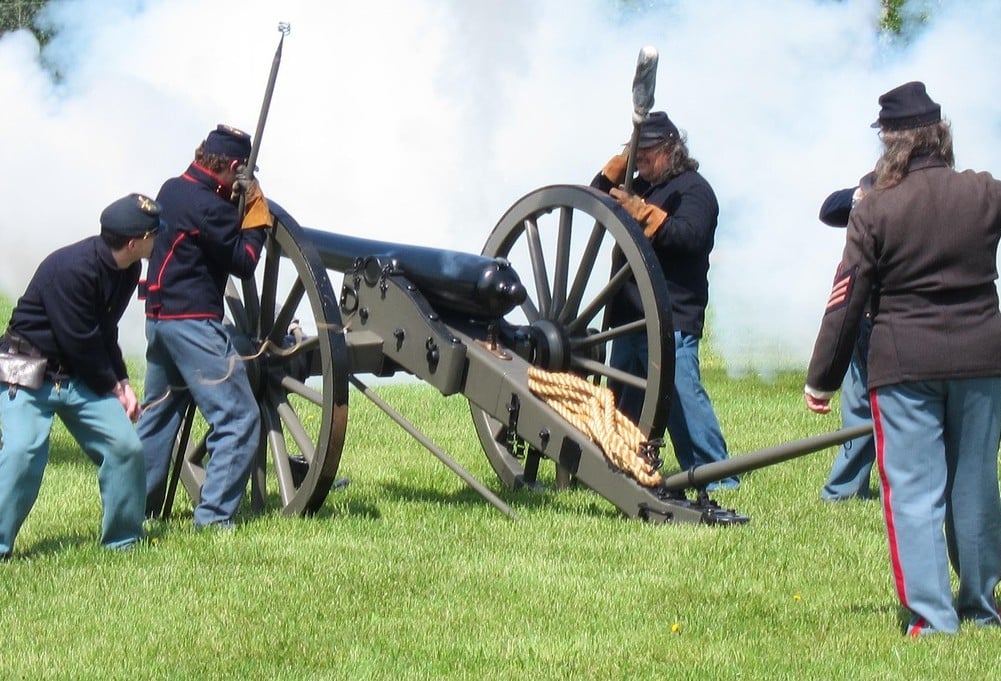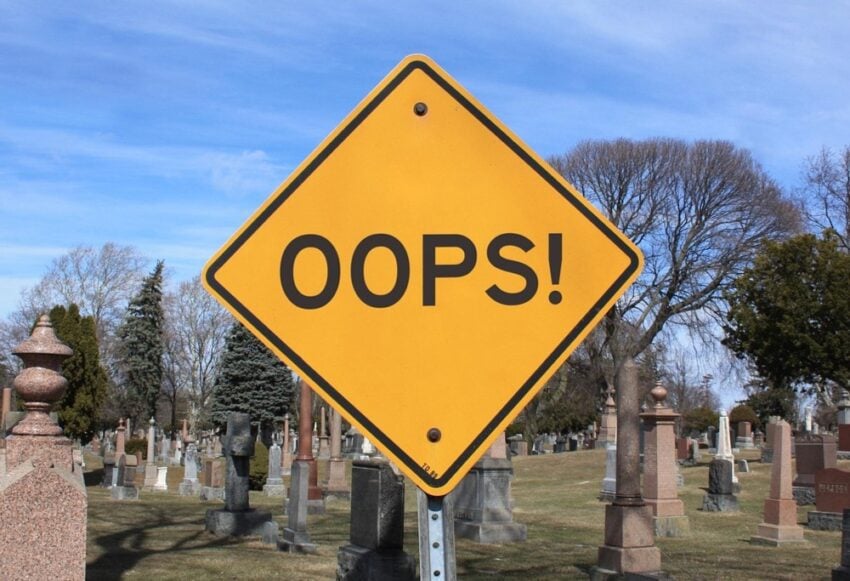Genealogy is one of those hobbies where the deeper you go, the more tangled things can get. I’ve chased the wrong “Robert Youmans” across three counties, saved documents I couldn’t find later, and even forgot to write down where I found things (rookie move, I know).
Whether you’re brand new to family history or just need a quick refresher, here are ten mistakes most new genealogists make—and how to steer clear of them.
1. Not Starting with Yourself
The Mistake: Jumping straight to a great-grandparent or famous ancestor.
Fix It: Always start with what you know—you. Then work backward, generation by generation. Begin with full names, birthdates, and locations, and verify each step before moving on.
2. Trusting Online Trees Without Verifying
The Mistake: Copying someone else’s family tree on Ancestry or MyHeritage and assuming it’s accurate.
Fix It: Treat online trees as clues, not facts. Always check for original sources like census records, wills, birth/marriage/death certificates, and obituaries before accepting a connection. If you can make human errors, so can the person uploading the information to a website. So make sure to double check the information before adding it to your tree. It will save you from a big headache later.

3. Skipping Source Citations
The Mistake: Finding a record… and not recording where it came from.
Fix It: Always cite your sources, even if it’s just a note like “1900 U.S. Census, Charleston County, SC, Ancestry.com.” This helps you (and future researchers) retrace your steps and avoid confusion. Also, you never know when you might need to find that record again.
4. Assuming People With the Same Name Are the Same Person
The Mistake: Merging two individuals into one because they share a name.
Fix It: Names get reused a lot—especially in large families. Use supporting evidence like birthplaces, occupations, spouses, children’s names, and census years to distinguish individuals. It isn’t uncommon for daughters to be named after their mother or a favorite aunt, or for Robert to name his son, Robert, and his son, Robert and so on. Always verify the information before you merge! It’s a lot easier to put in the correct information the first time, than to undo a huge mistake.
5. Ignoring the Women in the Family
The Mistake: Only focusing on male ancestors or assuming women’s names don’t matter.
Fix It: Trace maternal lines! Women’s maiden names, marriage records, and burial sites can reveal valuable family links. Local newspapers and church records are often full of these details. And, who knows. You may find where that male ancestor is buried by researching his wife.

6. Not Organizing Your Research
The Mistake: Saving everything in random folders or not naming files consistently.
Fix It: Create a naming system and folder structure from the beginning. For example:/SmithFamily/BirthRecords/1898-JohnSmith-BirthCert.pdf
Tools like spreadsheets or genealogy software (e.g., RootsMagic, Family Tree Maker) can also help.
Still unsure of how to organize your research? Check out our post Organizing Your Genealogy Research
7. Not Backing Up Your Work
The Mistake: Keeping all your research on one device—or worse, only on paper.
Fix It: Set up automatic backups to the cloud (Google Drive, Dropbox, or iCloud), and consider printing important records or saving them to a flash drive or external hard drive. I have lost years of data in the past when my computer crashed and I didn’t back it up externally. Trust me, you don’t want this to happen to you after all of your hard work.
8. Overlooking Collateral Relatives
The Mistake: Only researching your direct ancestors.
Fix It: Collateral relatives (siblings, aunts, cousins) often hold the key to family mysteries. A sibling’s death certificate might list a parent you’ve been searching for. I was able to establish a family connection that I had been researching for years through a great aunt. I overlooked her, thinking it was an unimportant line, and it turned out she help all of the information I needed.

9. Not Understanding Historical Context
The Mistake: Getting stuck because you don’t know what was going on during a certain time or in a specific place.
Fix It: Study local history, migration patterns, wars, epidemics, and cultural practices. Understanding why your ancestors moved or changed names can unlock new clues.
10. Expecting Instant Result
The Mistake: Thinking you’ll build a full, accurate tree in a weekend.
Fix It: Genealogy is a marathon, not a sprint. Be patient, double-check your work, and embrace the journey. Even seasoned researchers hit brick walls—they’re part of the process. To give you an idea of time, I have been working on my family genealogy for almost 40 years.
Final Thoughts
Every genealogist starts somewhere—and mistakes are part of learning. The good news? You can avoid many of them just by slowing down, staying organized, and double-checking your sources.
The Legal Stuff
Please keep in mind that when you click our links and make purchases, we may receive a small commissions. This does not impact our reviews and comparisons as I try my best to keep things fair and balanced, in order to help you make the best choice for you.

